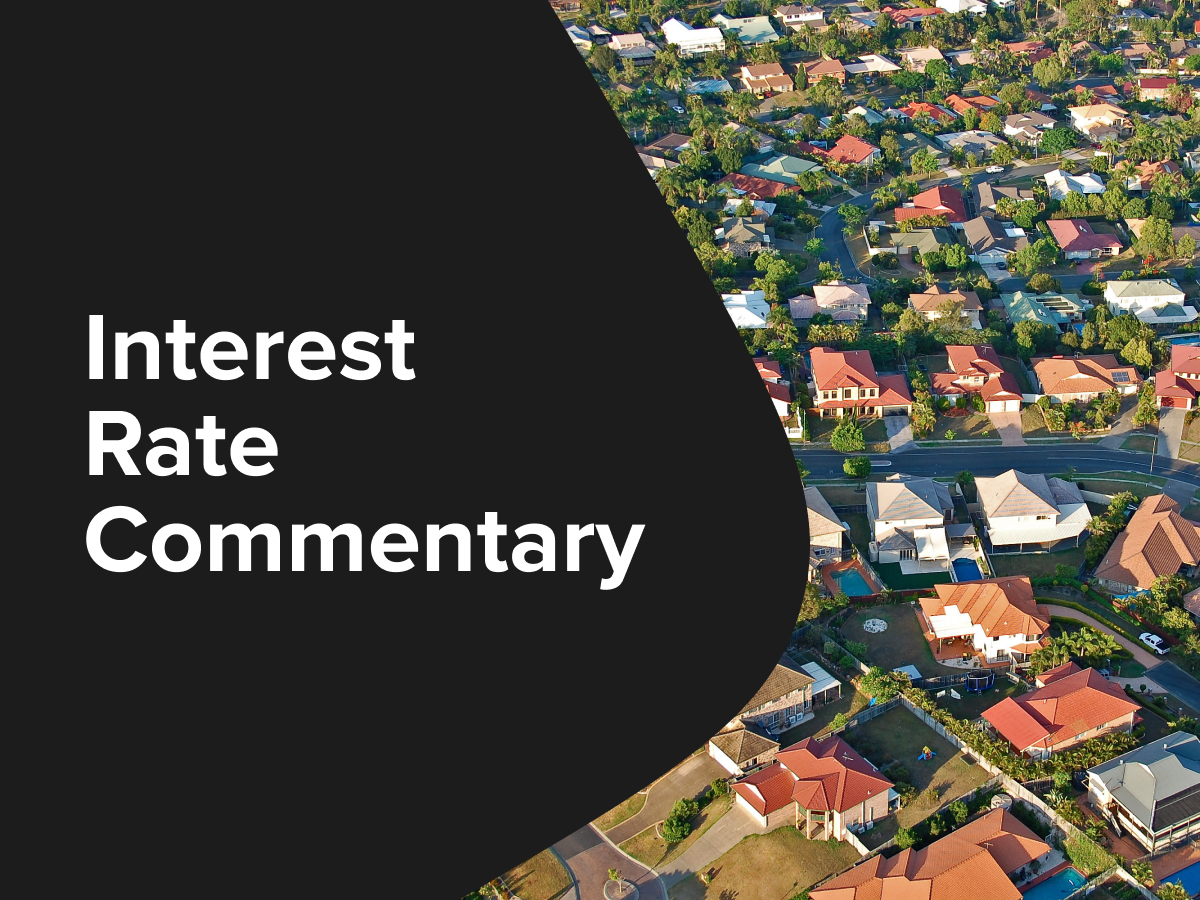Most economists expected the RBA Board to vote to reduce interest rates for the first time in five years at the February Board Meeting. Markets were almost fully priced for the outcome.
The Board had signalled in December that it was seeking increased confidence in staff forecasts that inflation would return to target in the second half of 2026. The low Q4 CPI outcome and favourable trends in a number of components provided that increased confidence, even though the unemployment rate remains lower than expected.
Indeed, the prospect that inflation may achieve the target earlier than expected has increased. The cut reduces slightly the degree of monetary restriction imposed on both business and consumer borrowers, though it’s important to remember that lower inflation does not mean that either the cost of living or of doing business has fallen.
These costs are now just rising at a slower pace and as such will continue to exert pressure on consumers’ budgets and costs for businesses, and will be a challenge for the Federal Government at the upcoming election.
It’s likely the RBA Governor Michele Bullock will signal at her upcoming press conference that the war on inflation is not yet won, and as such a significant interest rate reduction cycle should not be expected at this time. That said, there will be keen focus on any clues as to what developments need to occur for a follow-up interest rate reduction and when that might be.

Get started with CreditorWatch today
Take your credit management to the next level with a 14-day free trial.
